Reviewed by Corey Noles
Ever started typing a message, got distracted, and lost your half-finished thought forever? After testing iOS 26 public beta across three devices for the past two weeks, I can tell you that Apple finally gets it. iOS 26 introduces a dedicated Drafts folder for iMessage—basically giving your unfinished texts the organized home they've desperately needed.
Here's the kicker: this isn't just about drafts. Apple's also rolling out smart spam filtering that creates a buffer zone between you and suspicious messages. Both features represent Apple's broader push to make Messages less about managing chaos and more about actual communication.
This addresses a years-long frustration where Messages has no built-in draft function, forcing users to awkwardly highlight and copy text to Notes or risk losing everything when iOS reclaims memory. 9to5Mac confirms the Drafts folder is accessible from the main iMessage screen, meaning no more hunting through conversation threads for that brilliant comeback you started typing three hours ago.
The unknown senders screening feature works alongside this by quarantining messages from unfamiliar contacts. The timing makes sense—Apple seeded the fifth developer beta in August, putting the fall launch right on schedule.
Why this matters more than you'd think
Look, I'm going to be honest: after losing a carefully crafted response to my editor last week when a call interrupted my typing, this feature feels personal. The current system has been frustrating users since forever, with community discussions highlighting how "if you start writing a message using the 'New Message' button… and a new message comes in and you click on it, the drafted message will be deleted."
PRO TIP: Until iOS 26 arrives, your best workaround is still copying unfinished text to Notes or creating a draft email—clunky, but it works.
The Drafts folder puts iMessage more in line with email apps and other messaging platforms that have offered this organizational feature for years. This builds logically on iOS 18's foundation: when Apple added message scheduling, it signaled their commitment to making Messages a more robust communication platform. Draft functionality is the natural next evolution—you can now plan messages for later and preserve the ones you're not ready to send.
Having used every major messaging platform for work, I can tell you WhatsApp, Telegram, and even Google Messages have had draft preservation for years. Apple's implementation, however, integrates seamlessly with the existing iMessage interface rather than feeling like a bolted-on feature.
In my beta testing, the workflow changes are subtle but significant. Instead of frantically copying text when switching conversations, you simply navigate away—your draft automatically appears in the dedicated folder. MacRumors testing revealed that "if you've ever wanted to copy just a tracking number, email, or some other part of an iMessage rather than just the entire message, that's finally an option in iOS 26." These incremental improvements compound into a much more refined messaging experience.
How the spam filtering actually works
The unknown senders feature represents Apple's broader messaging reliability strategy. Messages from unrecognized contacts get shuffled into a dedicated folder where "no alerts fire until you promote the conversation, sharply reducing SMS phishing volume and effectiveness."
After testing this across multiple spam scenarios, here's how it works in practice: you'll be able to triage these messages with three options—mark the number as known, ask for more information, or delete outright. 9to5Mac notes that "these messages will remain silenced until a user accepts them," giving you full control over who actually reaches your main conversation list.
This connects directly to iOS 18's messaging evolution. Apple first introduced RCS support for better Android compatibility, satellite messaging capabilities, and enhanced formatting options. Now they're solving the reliability problem—ensuring the messages you actually want to receive get through while questionable ones wait for your approval.
The technical implications are smart: rather than blocking potentially legitimate messages, Apple creates a staging area. This reduces both false positives (important messages getting blocked) and the cognitive load of constant spam notifications interrupting your day.
Bottom line: These features work together as part of Apple's messaging maturation—you can craft thoughtful responses in drafts while filtering out the noise that would otherwise interrupt that process.
What this means for your messaging game
Having tested iOS 26 beta across my iPhone 15 Pro, iPad Pro, and Mac Studio, the workflow integration feels genuinely transformative for power users. The real test isn't the features themselves—it's how seamlessly they integrate into existing messaging habits.
The Drafts folder changes daily communication patterns in ways I didn't expect. Instead of firing off quick, poorly-thought-out responses when interrupted, I now let messages sit in drafts until I can give them proper attention. It's like having a professional email mindset available in casual texting—much more intentional communication.
For anyone juggling multiple conversations throughout the day, this reduces the mental overhead of context switching. No more losing that perfectly crafted response when a notification pulls you into another conversation. The draft system preserves not just your text, but your train of thought.
The spam filtering, meanwhile, addresses a growing pain point as SMS phishing becomes more sophisticated. Having tested it with various suspicious messages, the dedicated quarantine space gives you breathing room to evaluate context without the pressure of immediate notifications. You can review these messages when you're mentally prepared to assess whether they're legitimate.
Apple says iOS 26 will launch this fall, with the public beta already available for testing. Apple's track record with iOS 26 beta refinements suggests they're taking their time to get the implementation details right—always encouraging for features you'll use daily.
As someone who's been burned by disappearing drafts more times than I'd like to admit (and who gets about a dozen spam messages weekly), these updates represent the kind of practical intelligence that makes iOS feel less like managing technology and more like natural communication. Cool, but more importantly—actually useful.




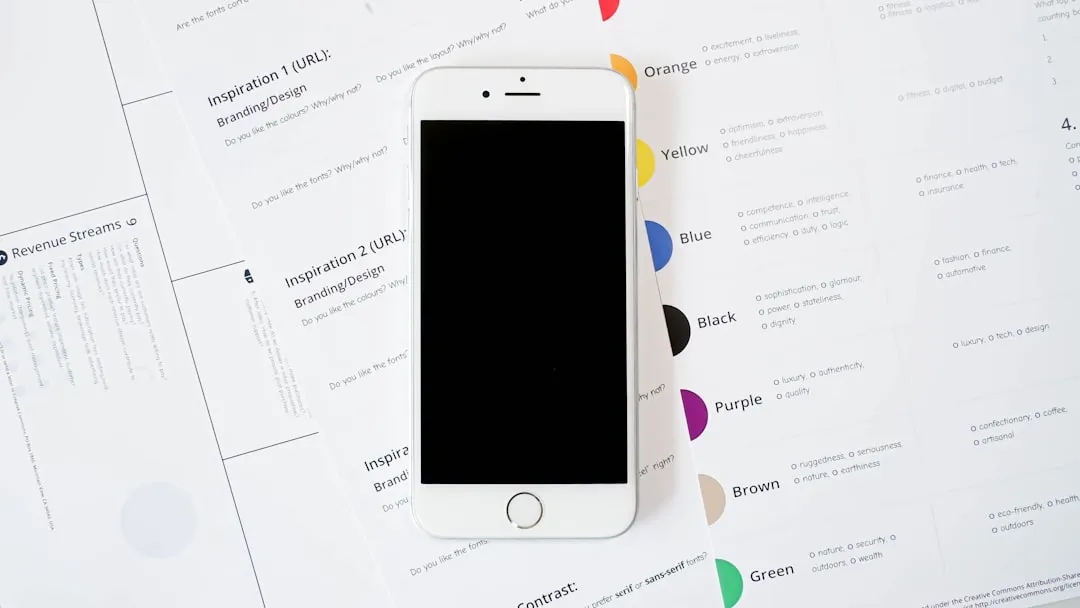
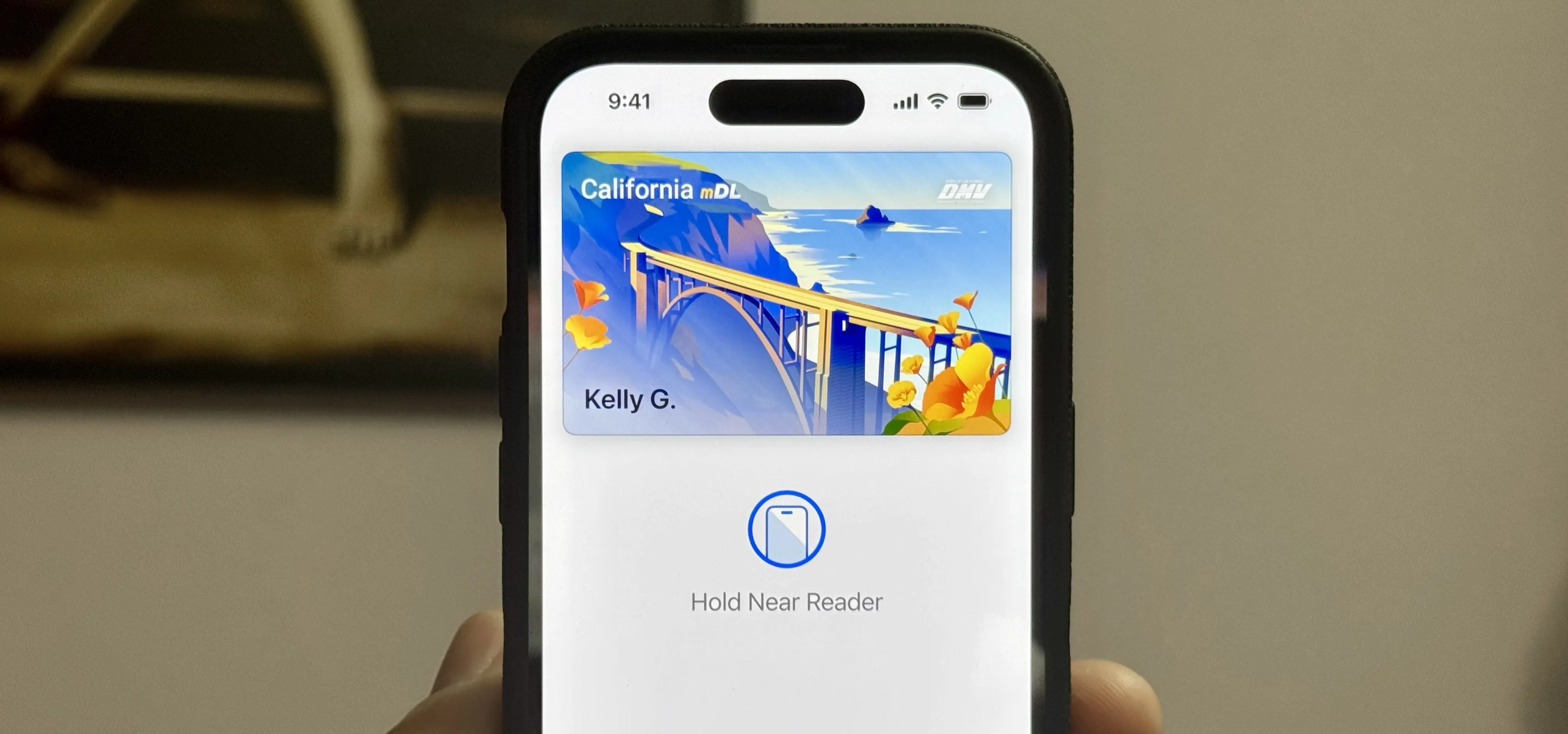
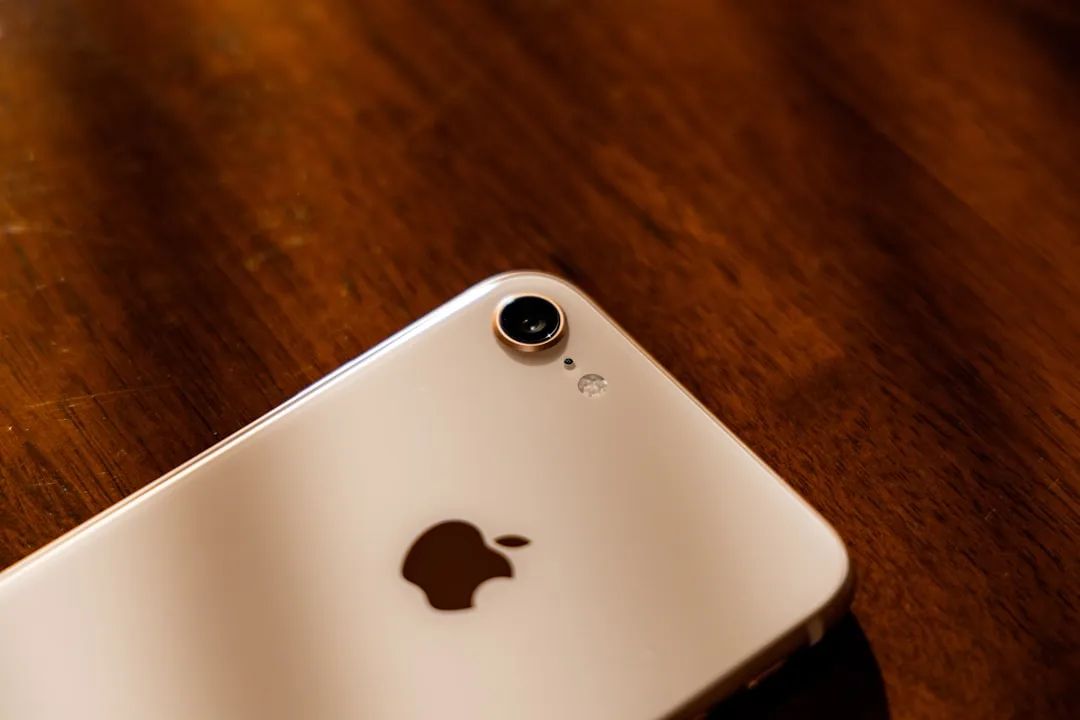
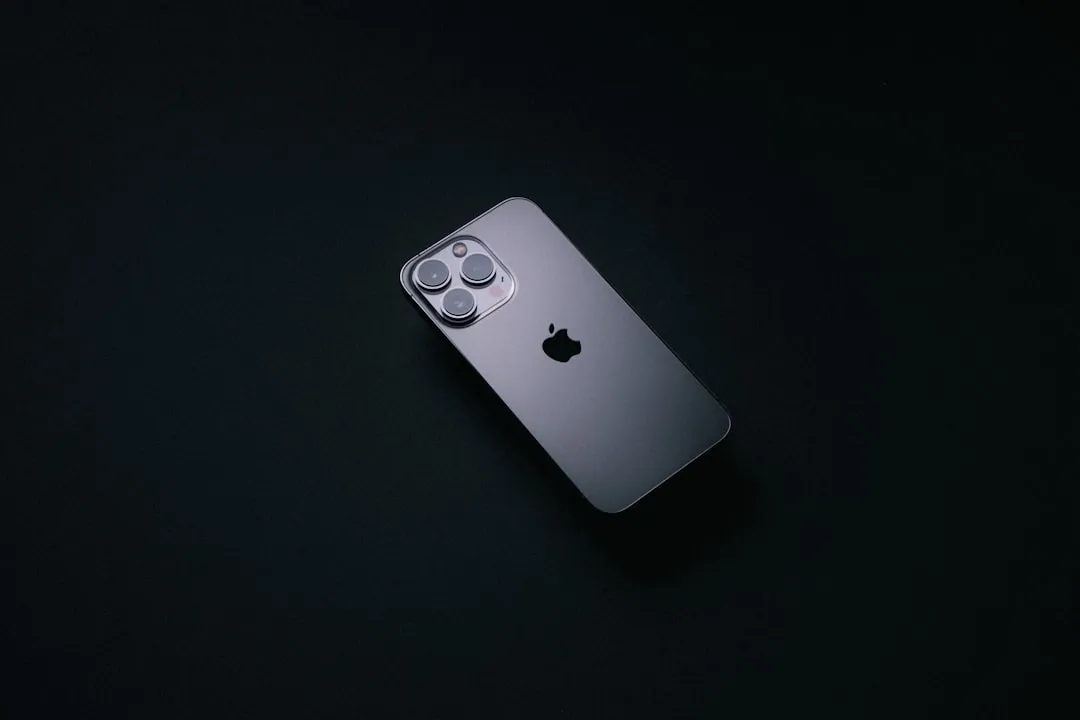
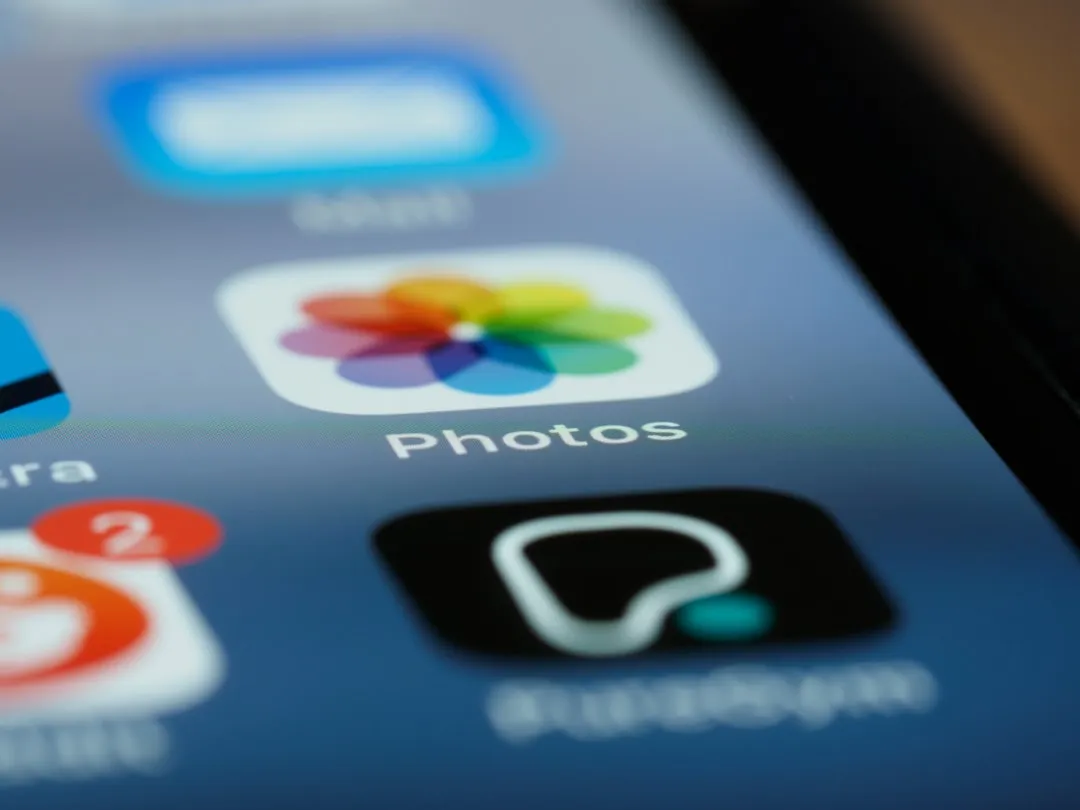
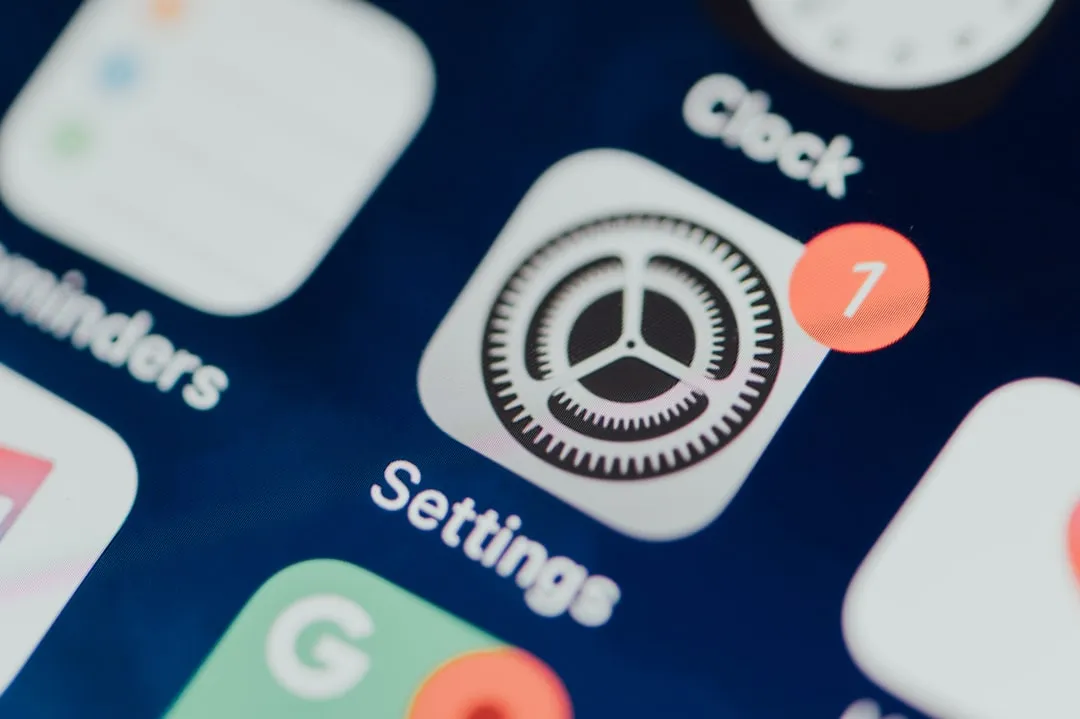
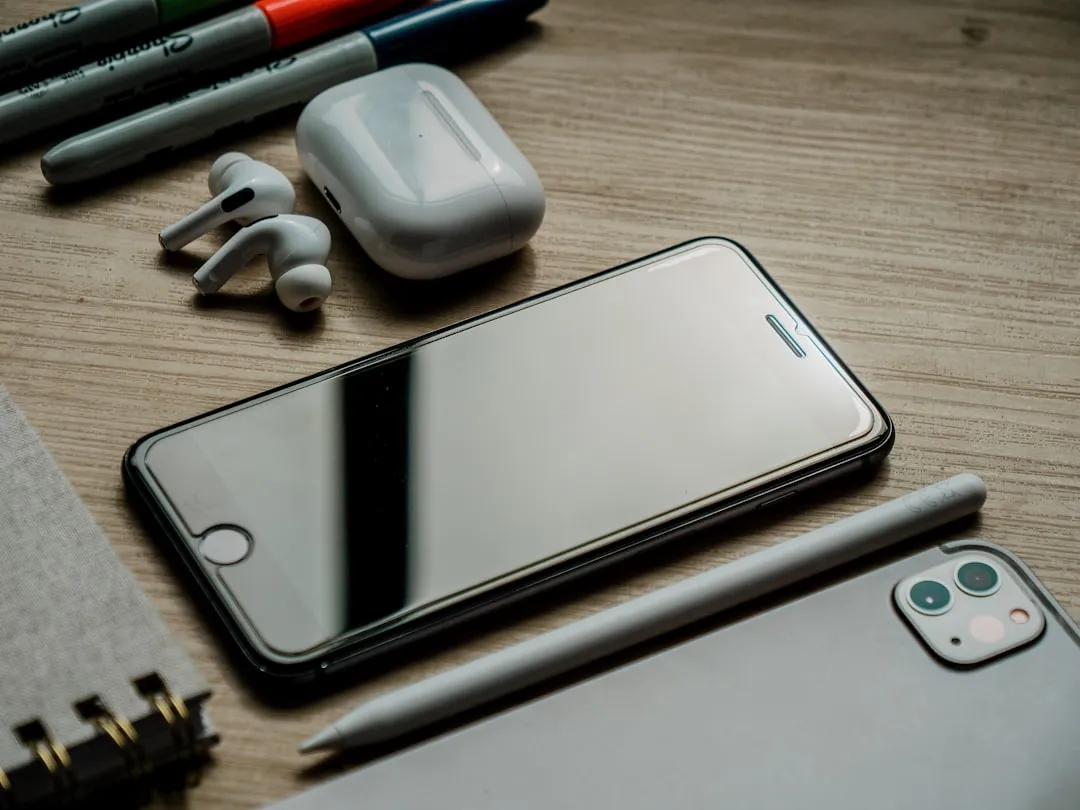

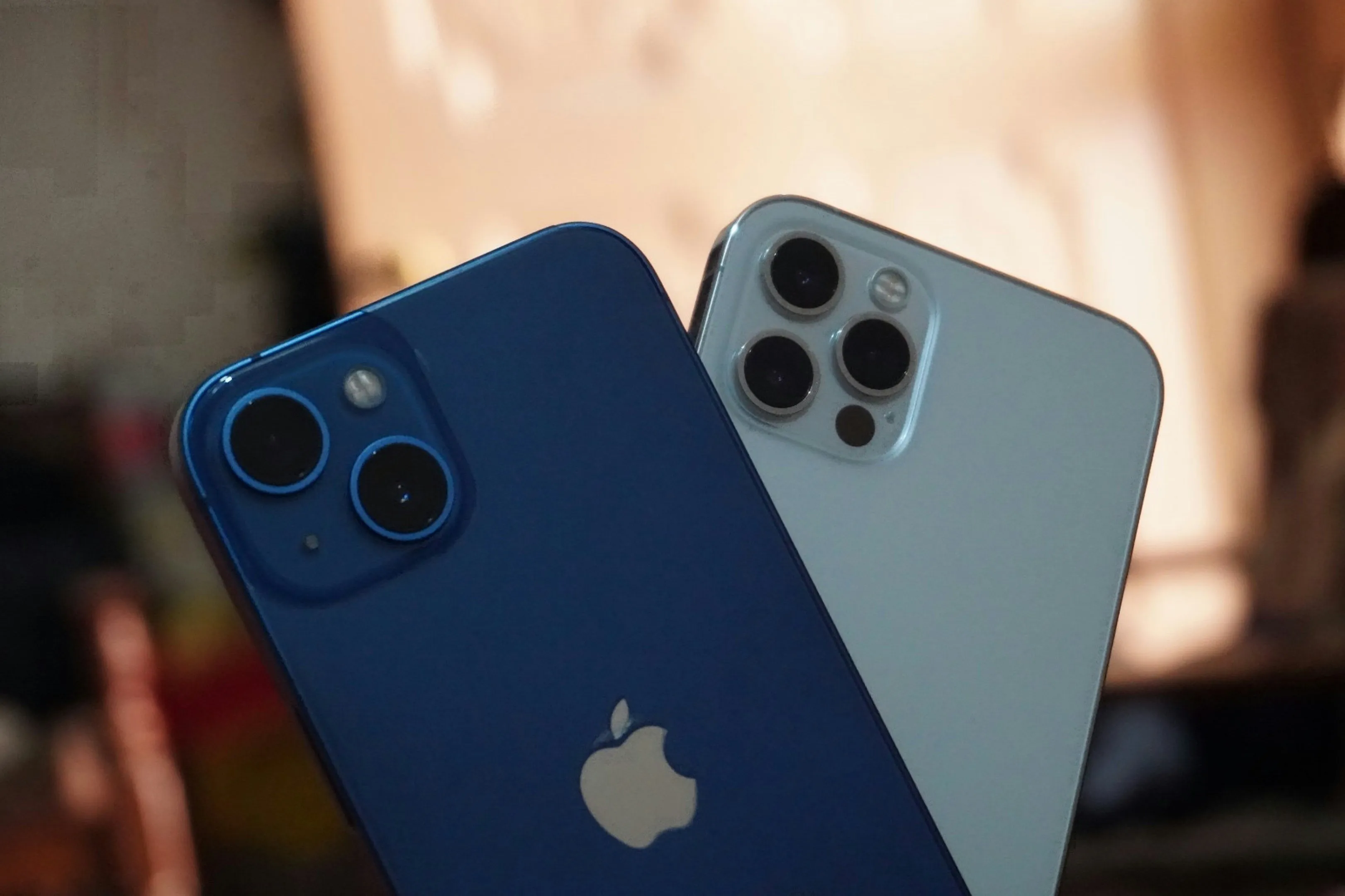

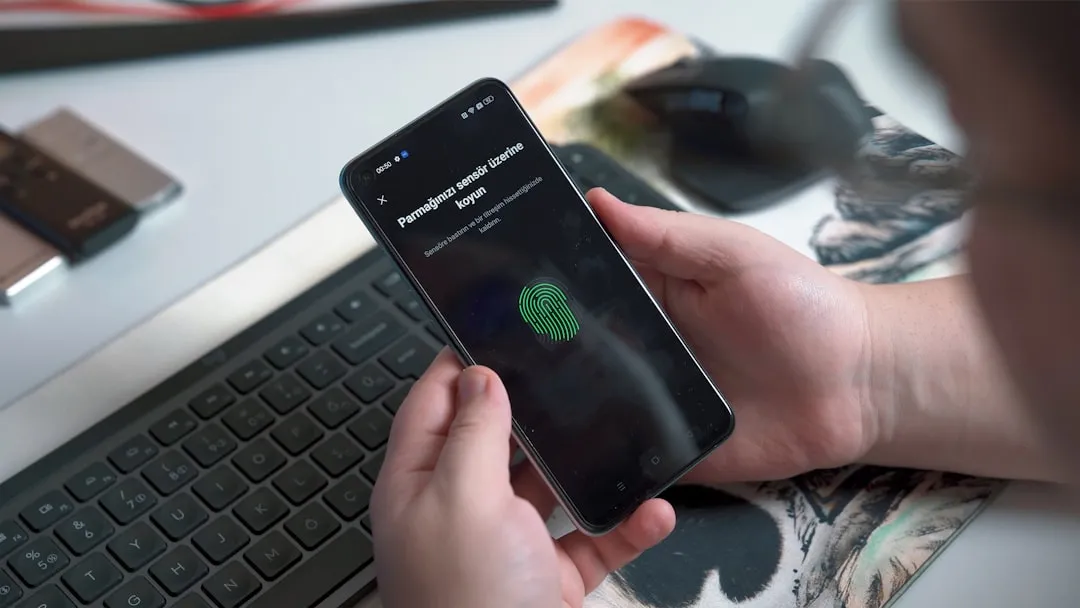
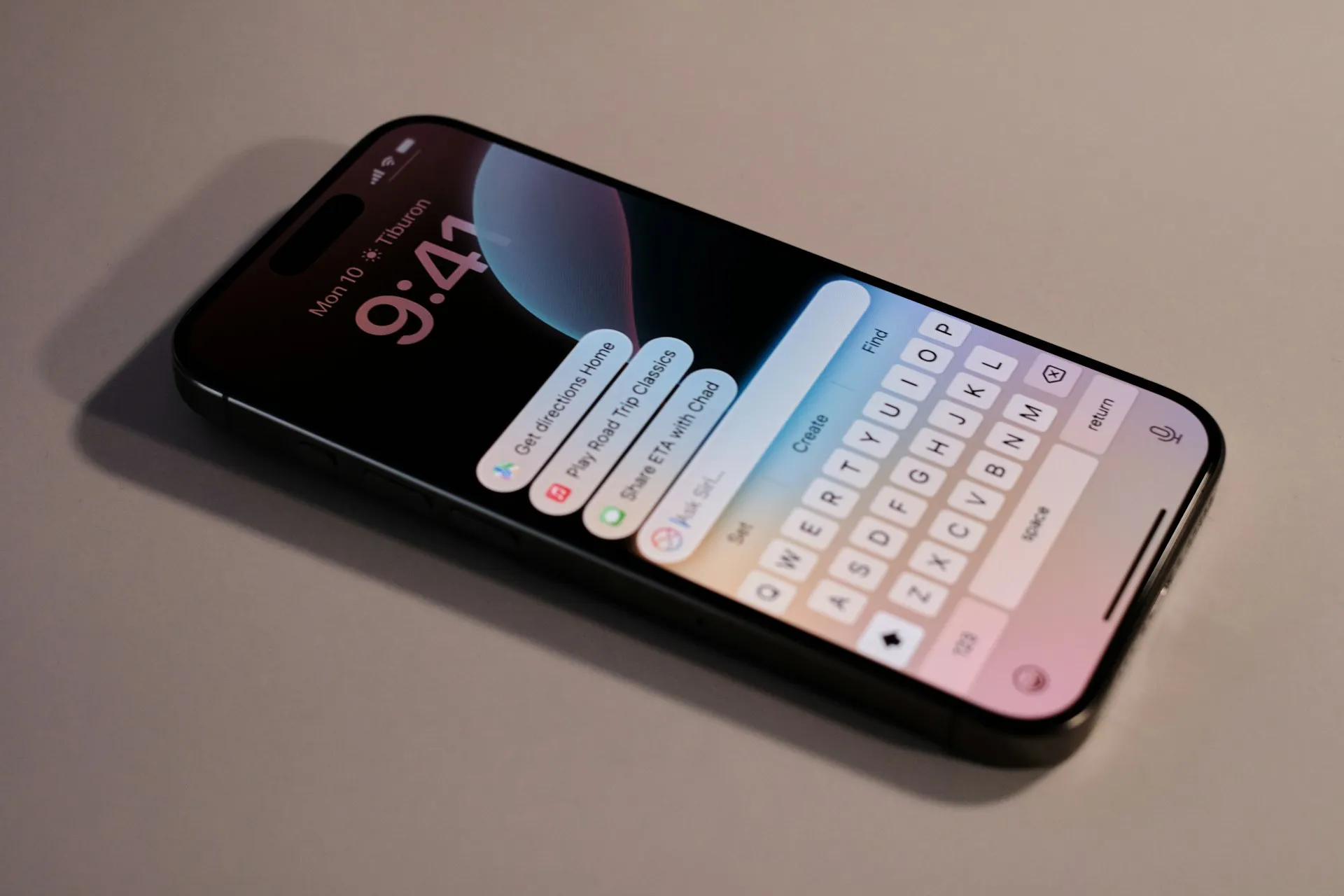

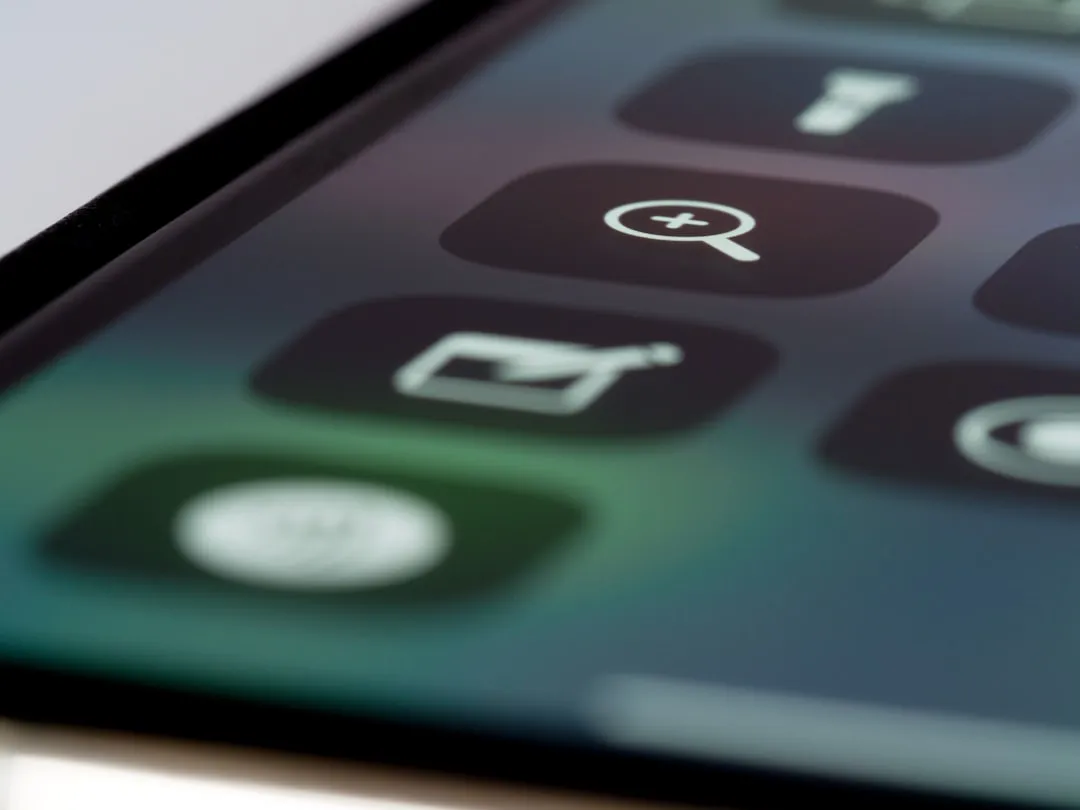
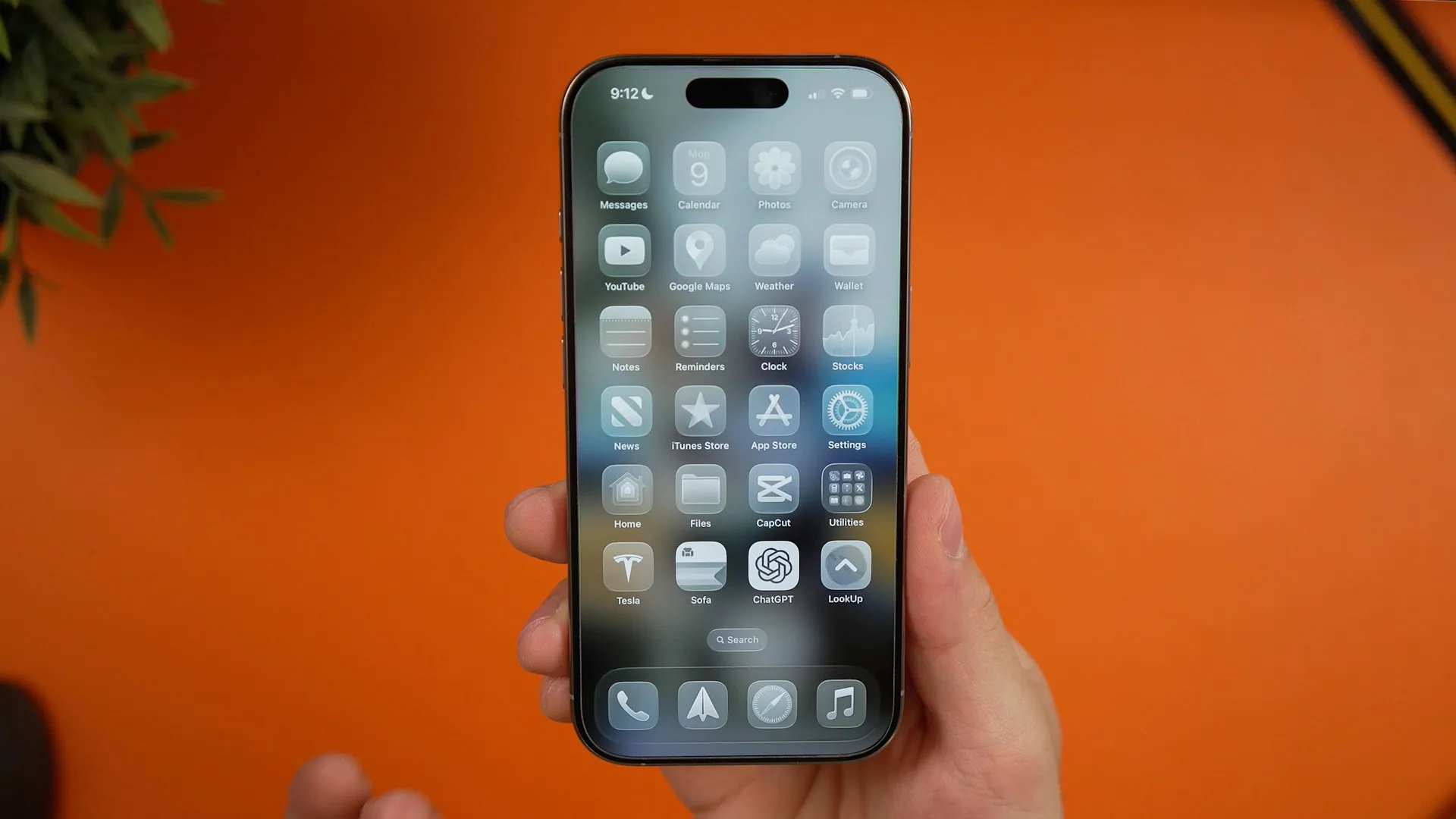
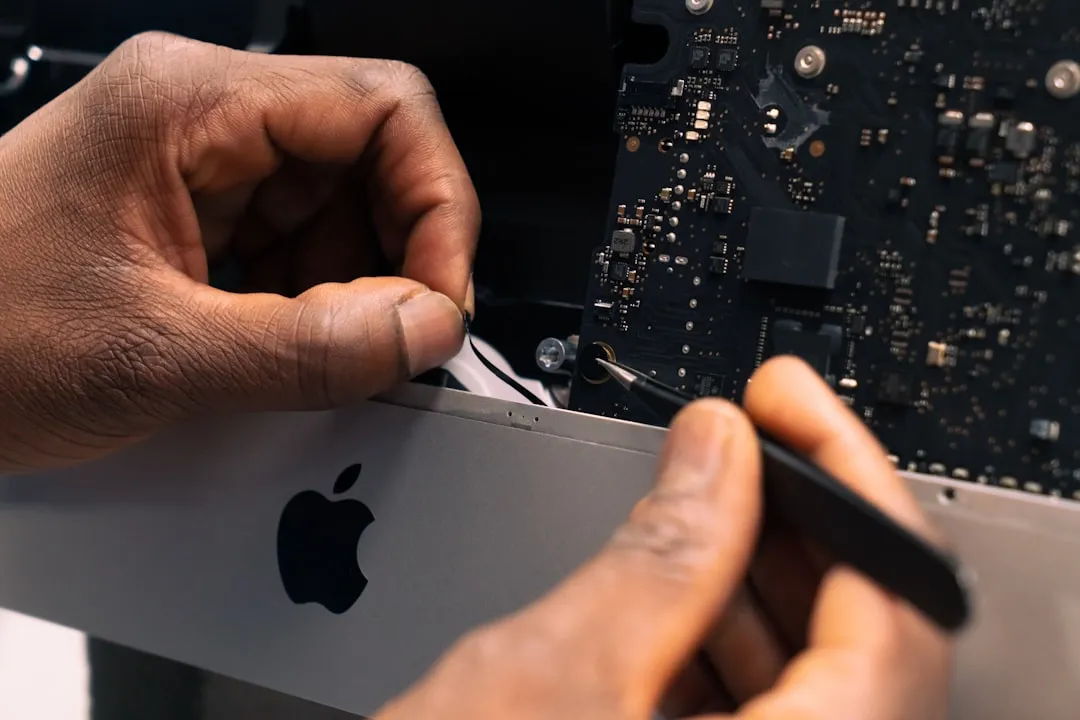
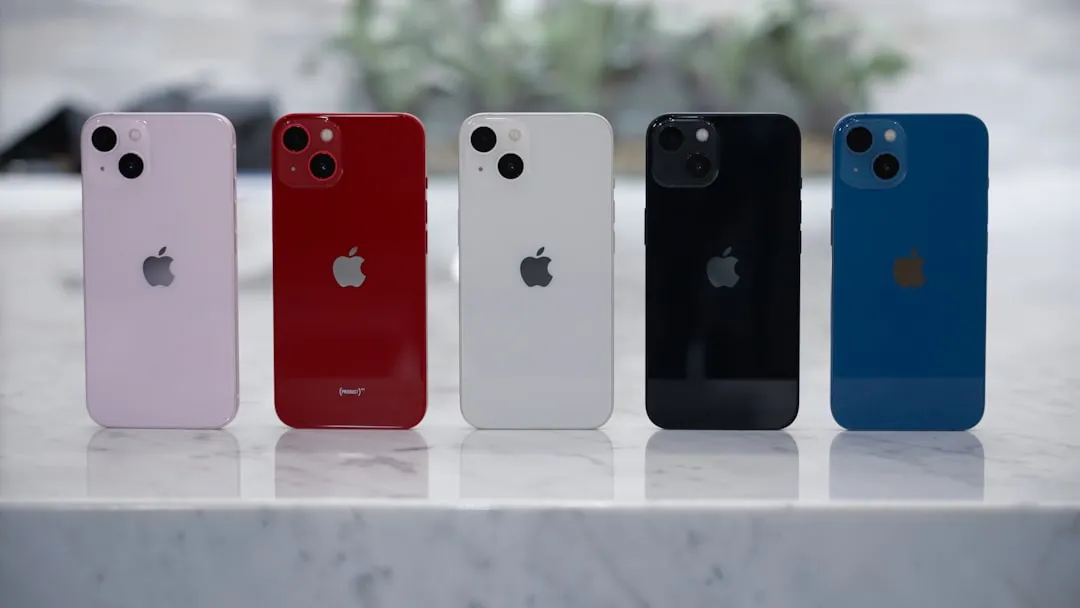
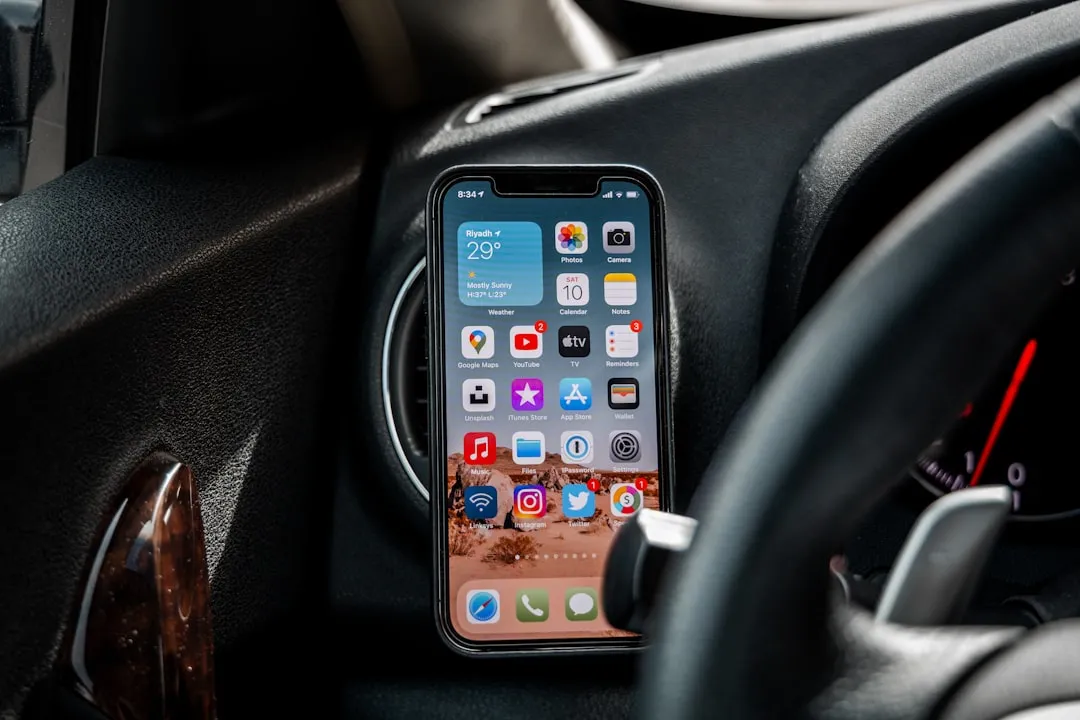


Comments
Be the first, drop a comment!